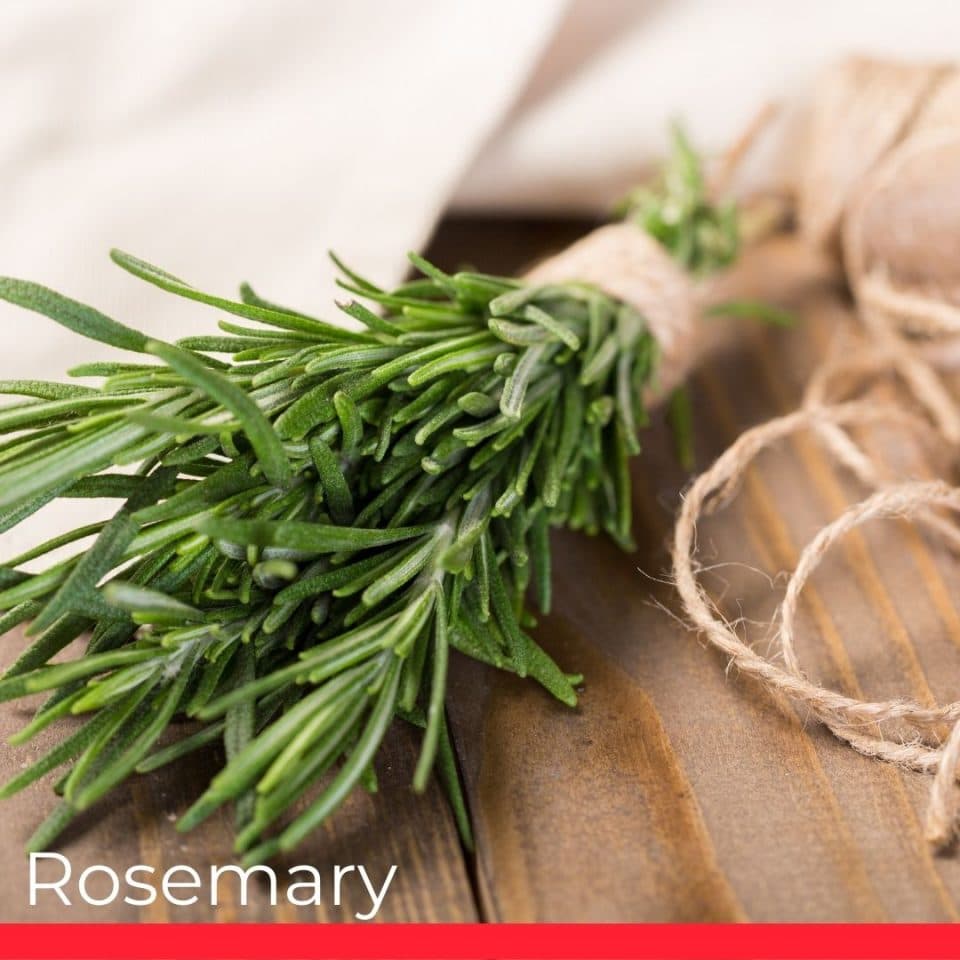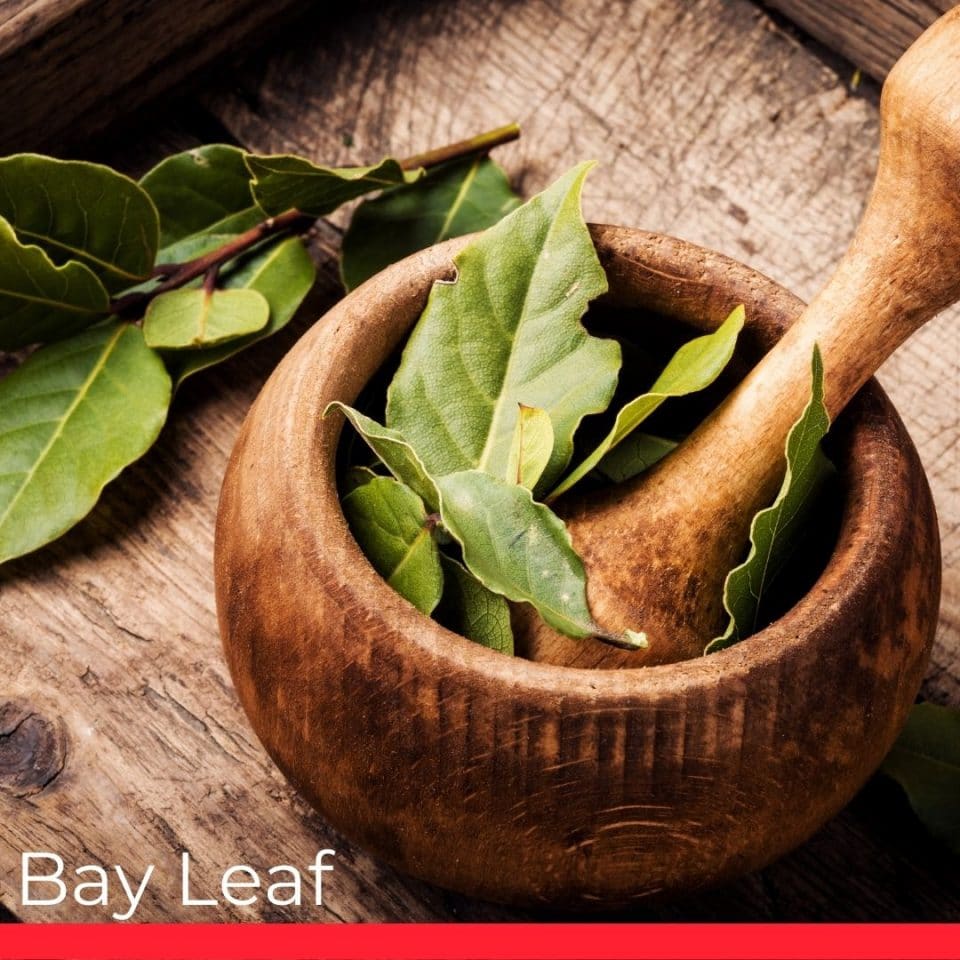Try These Sage Substitutes & Don’t Sacrifice the Flavor of Your Cooking!

Most of us associate sage with Thanksgiving dinner. But sage doesn’t only work well with turkey and stuffing! Its rich aroma is ideal for complementing rich, unctuous, creamy, fatty, and complex recipes. And if you’re preparing such a dish and you run out of sage, fear not! You don’t have to alter the menu. There are a couple of hacks, as in sage substitutes, you can try!
American tradition presents sage as the perfect herb to flavor turkey and stuffing. Movie culture presents sage as the perfect herb to keep bad spirits and bad juju away. But did you know sage is the star of Italian Osso Bucco? And did you know that that special flavor in some bread and baked goods is also sage? Have you tried German-style sausages? That taste you savored was probably sage!
Used for its health benefits for thousands of years, salvia officinalis, aka sage, is an antioxidant and anti-inflammatory herb. It’s used in teas and extracts to alleviate gastrointestinal distress. And it’s said it can help with skin issues too and even bone health.
Sage is a versatile and complex herb. And if you run out, you may think it is hard to replace. And while it can be tricky to obtain the same aromas, it’s not impossible. Here are some great substitutes for sage that you’re likely to have on your herb shelf.
All sage substitutes must replicate its flavors. But what is the flavor profile of sage?
Salvia officinalis has a recognizable flavor. More accurately, sage has a complex blend of flavors. The most distinctive tones are the earthy, woody notes. It has a minty, pine-like flavor and it’s quite grassy. You’ll notice a touch of bitterness, though mild, and a touch of sweetness. While having minty-fresh tones, sage has a warming effect.
With such a blend of aromas, sage is a great pair for fish, cheese, mushrooms, and fatty meats such as pork, goose, and duck. It’s the perfect herb to complement any type of meat: it also goes with poultry and turkey. Even omelets are better with a dash of sage. Of course, any mix of fatty meats, such as burgers, pulled pork, or sausages need sage. And let’s not forget vegetables, bread, seafood, and herbal tea! They can all benefit from a touch of sage.
What can be used instead of sage? Do you have these spices?
1. One of the best alternatives for sage: Marjoram

While Marjoram is from the mint family, it has a very complex mix of flavors. Marjoram and sage are related and are also related to thyme and basil, also from the mint family. But both sage and marjoram have a complex flavor profile. They both mix fresh, minty, flowery, citrusy, and tangy aromas with earthy, deep, pungent, rich tones. However, marjoram is a little milder.
Also, while sage reveals its full flavor when added at the start of the cooking process, marjoram is added at the end or as garnish as marjoram can lose its scent and taste when cooked. It’s perfect for seasoning soups, stews, sauces, anything liquid-based or creamy, savory dishes (soups and even hummus and mashed potatoes), and herbal teas. Substitute in equal amounts. One teaspoon of fresh or dried sage = one teaspoon of fresh or dried marjoram.
2. Savory

Savory is a decent second choice for replacing sage. While savory is not as popular as all the other herbs and spices on this list, it’s a well-known herb in Canada. And actually, savory is part of the mix of herbs de Provence. Sage and savory have similar tastes so substitute well.
Savory resembles thyme and marjoram but is slightly bitter. However, both winter and summer savory are milder than sage. It’s important to add savory close to the end of cooking since prolonged cooking will make it pungent and quite unpleasant. As far as ratio goes, 1:1 is ideal.
3. Thyme

Another aromatic herb of the mint family, this Mediterranean staple goes great with vegetables and meats. And, unlike marjoram, thyme maintains its aromas even after cooking and, in fact, is recommended for use at the start.
Thyme has the woody, piney flavor of sage. Use it in pasta, vegetable mixes (it works wonders with potatoes and tomatoes), marinades, fish, and meats. Use thyme on a 1:1 ratio when substituting for sage.
4. Basil

Would you have thought of this as a replacement? Well, it can. However, while sage has a more pronounced earthy, woody tone, basil is more fresh, minty, flowery, and grassy. Still, the resemblances to cinnamon and cloves makes basil’s scent good for replacing sage.
Basil can be used in equal amounts to sage. Add it at the end of cooking (in any recipe) or as a garnish for salads, pasta, pizza, and dips.
5. Rosemary

Rosemary is another Mediterranean aromatic herb. It is one of the best sage alternatives having a pungent, distinctive flavor of minty, piney, citrusy, grassy, earthy, and woody tones. However, rosemary is more potent than sage and can overwhelm a dish if used to the same ratio as sage. So, if you replace sage with rosemary, use only a third.
It can replace sage in soups, sauces, vegetables, meats, fish, and teas.
6. Oregano

With a citrusy and piney flavor, oregano is similar to marjoram and sage. It’s stronger and bolder than sage and, just like basil, its flowery and grassy tones can overwhelm the woody, earthy tones.
Still, if you run out of sage, oregano is a good choice. For ratios, use equal amounts of oregano, although it can have a more intense aroma.
7. Poultry Seasoning

Really? Well, poultry seasoning is a blend of herbs containing sage, marjoram, and thyme. So, if you’ve got it lying around, swap it for sage! But make sure to read the label! Does your poultry seasoning contain nutmeg? If so, use a smaller amount, since nutmeg has a strong, intense, and different flavor from sage.
Poultry seasoning can replace sage in stews, marinades, and soups; anything liquid-based. In terms of quantity, start with a 1:2 ratio but you can go as high as equal amounts.
8. Mint, and even better mixed with parsley

Mint is one of the best sage substitutes since they both have that fresh, zingy, minty, piney flavor. And when mixed with parsley, you get the grassy and earthy tones as well.
This aromatic herb can be used to add bursts of flavor to all things veggie. It’s ideal in dips, salads, teas, and drinks but it also works with stews, fish, and meat. It can be used in a 1:1 ratio.
9. Bay Leaves

Just like sage, bay leaves are a fall and winter flavor. They’re both woody and earthy and slightly bitter and their flavor, while minty and piney, is not as fresh as mint or basil. They’re both perfect in soups, stews, and fatty, rich foods that we usually associate with the cold season.
When it comes to quantity, start with a 1:2 ratio. Make sure not to break the bay leaves into smaller pieces since you’ll need to remove them before you serve as, unlike sage or any other herb, dried bay leaves remain hard and non-chewy when cooked.
10. Italian Seasoning
Do you often cook Italian? Well, you’re in luck! Italian seasoning can replace sage because it contains sage.
Now, this blend also contains oregano and basil, so it will not spoil the taste. But check whether your Italian seasoning also contains red pepper, as this will give your dish a little kick and some heat.
So what’s the best replacement? While there are many alternatives and they can all provide some of the aromas of sage, we’d say there is one definitive winner as a sage replacement: marjoram. It comes closest to sage in flavor profile. They are both earthy and woody, piney, minty and fresh, sweet and bitter, floral and grassy. And they are both pungent and deep.
How to replace sage: fresh or dried?
Sage can be found fresh, whole dried, rubbed, and ground. Fresh sage has quite thick, meaty leaves. Whole dried leaves have a crispy texture and their aroma can be milder. Rubbed sage is dried sage with a reduced flavor. Ground sage is dried sage made into a fine powder, with a quite intense and potent flavor.
When you’re out of fresh sage, use the dried alternatives. Dried leaves, powder, or ground sage make good subs for fresh sage. But while the taste remains the same, there’s a difference in intensity.
As a general rule, keep in mind that fresh herbs are more delicate and mild than their dried versions. So, use a 1:2 ratio of dried to fresh sage. And a 1:4 ratio when it comes to rubbed or ground sage to fresh sage. If this makes it easier for you:
- One tablespoon of fresh sage = one teaspoon rubbed sage
- One tablespoon of fresh sage = ½ teaspoon ground sage
- One teaspoon of rubbed sage = ½ teaspoon ground sage
Whether you are preparing a rich stew to dunk some home-baked bread, making herb-infused butter for your pasta, pureeing a pumpkin soup, or doing a roast of meat and veggies, try out any of these sage substitutes. You know the replacements, you know the perfect amount, and you know the recipes in which they all shine. So, start cookin’!

